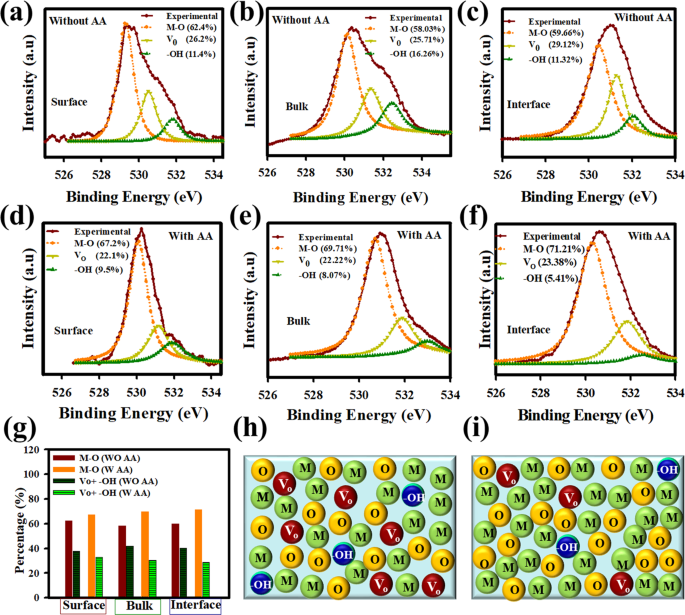

Experimental methods Fabrication of ZnO NWs and characterization The growth of ZnO NWs was performed in a horizontal tube furnace. The response mechanism of ZnO NWs with O 2 plasma treatment was investigated by analyzing the surface states of ZnO NWs. By comparison, the performance of the IDA-PDs treated by oxygen plasma for 10 minutes showed great improvement. In this study, oxygen plasma was employed to modify the surface of the ZnO NW-based IDA-PDs. Plasma treatment is one of the most effective methods for surface modification of semiconductor materials in both types of thin films and nanowires. 8Ĭonsiderable progress has been seen regarding the elimination of the influence of the surface state on the performance of ZnO-based UV PDs however, most of the above-mentioned methods are not highly effective, and device performance remains lower than expected. 7,8 To eliminate the influence of the surface state and improve the performance of ZnO UV PDs, various methods have been investigated, such as surface passivation by highly intensive UV irradiation, 9 annealing, 10 and treatment.

5,6 Moreover, the responsivity and the dark current of ZnO-based UV photodetectors are usually affected by H 2O/O 2 adsorption on the ZnO surface. 3,4 For example, the slow O 2 adsorption/desorption processes on the surface of ZnO could lead to the long rise/decay time of bare ZnO UV PDs. 1,2 According to previous reports, the performance of ZnO-based UV PDs is strongly affected by the surface states of ZnO. Introduction ZnO, as an environment-friendly broad-band gap semiconductor (∼3.37 eV), has been regarded as one of the most promising semiconductor materials for fabricating UV photodetectors (PDs). The response mechanism of O 2 plasma treated ZnO NWs was investigated by illustrating the intensity of the surface oxygen atoms of ZnO NWs.This sample handling method can be beneficial in improving the performance of semiconductor photodetectors. Results showed that the photocurrent of the IDA-PDs continuously increased from 4 to 28 μA as the plasma-treatment time increased from 0 to 10 minutes. The surface states of ZnO NWs with O 2 plasma treatment were characterized via X-ray photoelectron spectroscopy (XPS). The photo instability of the devices occurred under visible light due to the photo-ionization of deep-level trapped charges associated with oxygen vacancies.In this paper, in order to enhance the performance of fabricated ZnO nanowires (NWs) by chemical vapor deposition (CVD) without catalysts, oxygen plasma was used to modify the ZnO nanowire-based interdigital microelectrode array photodetectors (IDA-PDs) at different times. These deep-level defect states can have a detrimental effect on device performance, such as threshold voltage shift and photo-induced leakage current. Extracted deep-level defect distribution from this shift of threshold voltage was clearly confirmed in the range of 1.8–2.1 eV below the conduction band minimum and this region was suppressed with increasing oxygen partial pressure. Intrinsically, the defect states of oxygen vacancies were ionized to V o + and V o 2+ while the photon energy was absorbed within the bandgap, resulting in the shift of threshold voltage.

Photo-induced threshold voltage-shift measurements under monochromatic illumination were used to characterize the deep-level defect distribution. Deep-level defect states in sputtered ZnO thin-film transistors were investigated as a function of oxygen partial pressure during sputtering growth.


 0 kommentar(er)
0 kommentar(er)
